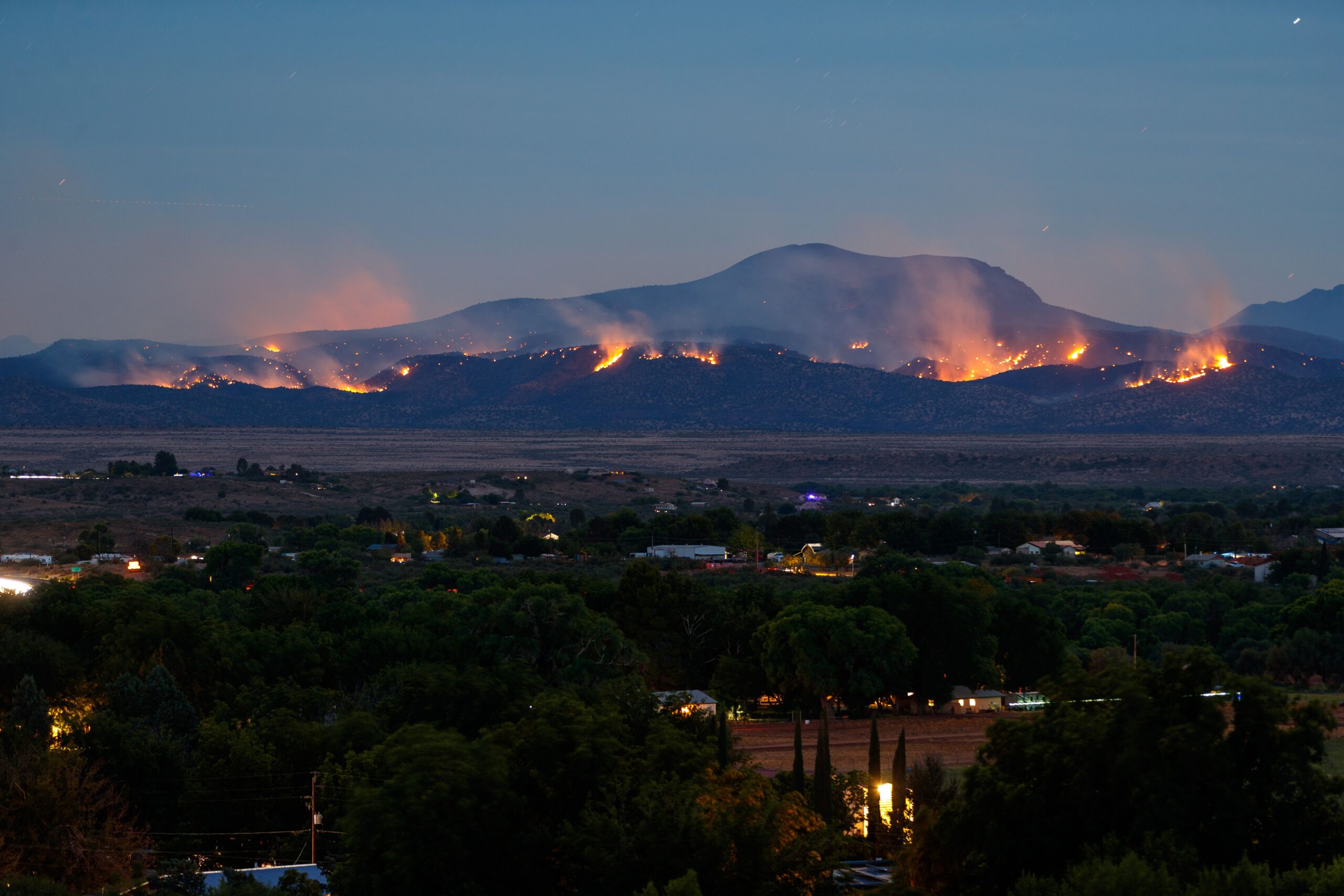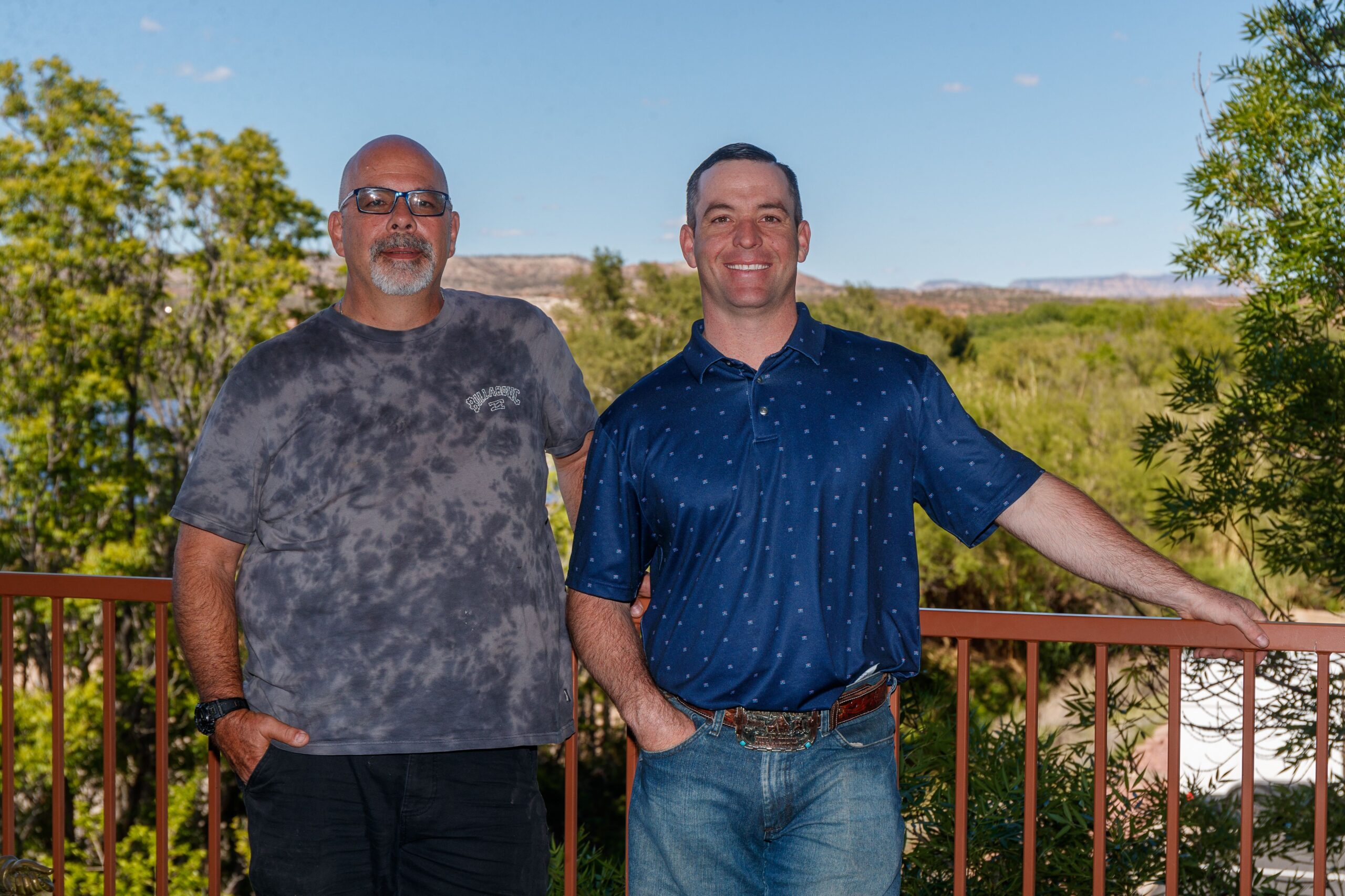We may be closer to finding extraterrestrial life than previously thought — and it might not be that far away.
On Thursday, April 13, NASA held a press conference on the subject, “Oceans Beyond Earth.” Prior to the event, the organization hinted at discoveries that would impact the “broader search for life beyond Earth.” The conference coincided with findings presented in papers published by researchers with NASA’s Cassini mission to Saturn and the Hubble Space Telescope.
In the papers, Cassini scientists announced that hydrogen, one of the final factors necessary to produce chemical energy that life can feed on, is venting from within Saturn’s moon Enceladus, while Hubble researchers announced additional evidence of water plumes erupting from Jupiter’s moon Europa.
“This is the closest we’ve come, so far, to identifying a place with some of the ingredients needed for a habitable environment,” Thomas Zurbuchen, associate administrator for the Science Mission Directorate at NASA Headquarters in Washington, D.C., said. “These results demonstrate the interconnected nature of NASA’s science missions that are getting us closer to answering whether we are indeed alone or not.”
According to Jim Green, director of the Planetary Science Division at NASA Headquarters, the revelations bring scientists closer to determining the likelihood of Enceladus and Europa — which both appear to possess massive water oceans underneath thick outer shells of ice — harboring life. Potentially, the moons possess hydrothermal vents that create heat and chemical reactions suitable to create and sustain life.
In addition, both moons may be shielded from the outpouring of radiation from Saturn and Jupiter by their ice shells.
“This is truly an exciting time for us to probe those [ocean worlds],” Green said. “We’re using every tool in our arsenal to explore these ocean worlds …. looking in a way we never thought possible before for environments in our solar system that may be harboring life.”
Linda Spilker, a Cassini project scientist at NASA’s Jet Propulsion Laboratory in Pasadena, Calif., cautioned against drawing any firm conclusions. She added that, while NASA does not currently have the instruments to test for life at such a great distance, the discovery of hydrogen venting from Enceladus is a capstone finding that confirms the moon possesses “all the essential features necessary for life.”
Hunter Waite, Cassini Ion and Neutral Mass Spectrometer team lead at the Southwest Research Institute in San Antonio, Texas, said that he and his team had been hoping for confirmation of hydrogen — the “missing factor” to potentially sustain life — for some time.
“Of course, we were very excited,” Waite said. “We’d been thinking about what the possible implications might be.”
The Cassini probe will soon run out of fuel and is currently planned to be destroyed by diving it into the Saturn’s atmosphere on Sept. 15. At this point, Cassini will beam its last batch of images.
The discovery on Europa is less definitive: According to William Sparks, an astronomer with the Space Telescope Science Institute in Baltimore, Md., features that appeared to be plumes of liquid water venting from the surface of Europa were seen again in 2016. Decades-old thermal imaging of a hot spot in the same region further appears to confirm the plumes.
The Europa Clipper probe, which NASA plans to send to the Jupiter system in the 2020s, will fly by the moon 40 to 45 times as it orbits the Jovian world. The probe will possess a host of sensors, including ice-penetrating radar to tell how thick the surface shell is, thermal imaging equipment and a UV spectrometer to see any plumes of material ejected from the interior of Europa.
The discoveries have at least one local excited.
Lori McDonald, a Yavapai College student who was recently invited to participate in the NASA Community College Aerospace Scholars Project, said that her experience making a living as a sailor inspired her to emphasize ocean worlds as part of her studies for the NCCAS program.
“It’s just fascinating, how fluid these discoveries are,” McDonald said, adding that living in Arizona has also made her appreciate the impact of water on the formation and sustenance of life.


